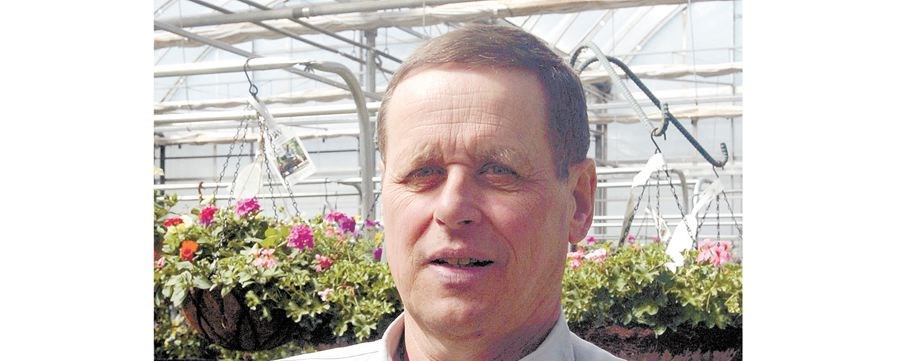September is the time to plant spring flowering bulbs such as tulips, narcissus, hyacinths, crocus, scillia, snowdrops, fritillaria, alliums etc. Spring flowering bulbs are an economical investment in the landscape because once they are planted they will continue to bloom for years to come with minimal maintenance. The most work involved in growing spring flowering bulbs is having to dig them up every few years, (depending on type). When you notice that the flowers are getting smaller each year, it is time to dig up the bulbs in mid summer after they have finished flowering, divide the bulbs and re-plant them in September.
When purchasing bulbs, always look for the biggest bulbs. The bigger the bulb the bigger the flower. Think of the bulb as an underground storehouse which contains a flower/s and the needed food to produce a healthy flower. Bigger bulbs will cost a few pennies more because of the extra effort the grower put into them, when growing the bulb, but it is well worth it in the end. If the bulbs are too small there may not be a flower for the first season. For the best bulbs, look for large, good quality, healthy bulbs that are firm.
To grow bulbs successfully in the Prince George area, you want to plant bulbs in early fall (September/early October) so that the bulb can establish a good root system before the cold winter weather sets in. Bulbs should be planted in a well drained soil, in a sunny to partial shade location. The depth that you plant the bulb depends on the bulb itself as different varieties of bulbs require different depths. After the hole has been dug, sprinkle a small amount of bone meal in the bottom of the hole before placing the bulbs in as this well help the bulb form a good root system. When the bulbs have been placed in the hole (top end up) cover the bulbs with soil and sprinkle some bulb fertilizer over them and then water thoroughly and continue to keep the soil evenly moist until the frost sets in.
For the best floral display, plant the bulbs in groups of 8-10 of the same variety. This way they will stand our much more than just one lone bulb. Depending on temperatures, and type, a bulb will bloom for 2-3 weeks, so by choosing different varieties and types that have different bloom times you can have flowers blooming throughout the spring and early summer. Something to keep in mind when planting bulbs is that after they have finished blooming the flower will be taken off but the remaining foliage and stem must die back naturally in order for the bulb to produce next years flower. This will take a few weeks so by choosing planting sites where the dying foliage can be hidden with perennials and flowering shrubs is a good plan. Another point to remember when planning where to plant the bulbs is bloom time, and height of the bulbs flower in association to other nearby planted shrubs and perennials. You don't want to have a later blooming bulb come up behind a tall early perennial or shrub as it will be hidden. By taking the time to choose the right bulbs and planting them in the right location you will be rewarded next spring with a beautiful floral display!



